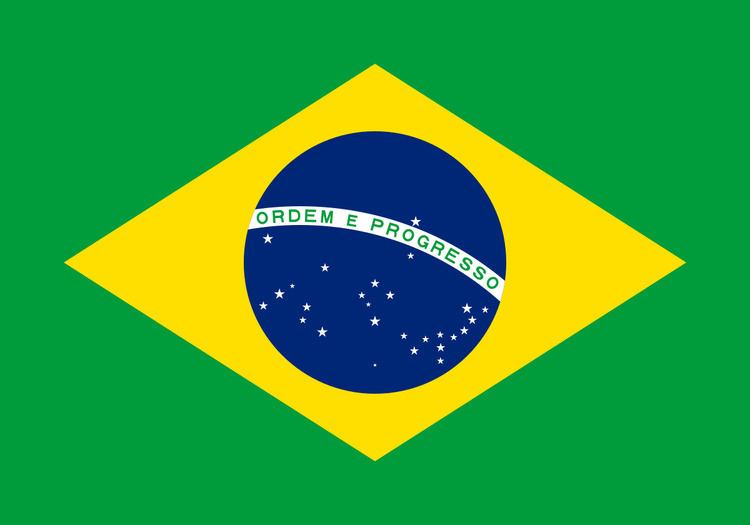 | ||
The United Nations Educational, Scientific and Cultural Organization (UNESCO) World Heritage Sites are places of importance to cultural or natural heritage as described in the UNESCO World Heritage Convention, established in 1972. The Federative Republic of Brazil accepted the convention on 1 September 1977, making its historical sites eligible for inclusion on the list. As of 2016, there are twenty World Heritage Sites in Brazil, including thirteen cultural sites and seven natural sites.
Contents
The first site in Brazil, the Historic Town of Ouro Preto, was inscribed on the list at the 4th Session of the World Heritage Committee, held in Paris, France in 1980. In 1983, Jesuit Missions of the Guaranis was accepted to the list in a joint bid with Argentina, making it Brazil's first trans-border property. Iguaçu National Park was enlisted in 1986 as the first site selected for its natural significance. Brazil's latest contribution to the World Heritage List, the Pampulha Modern Ensemble, was inscribed in 2016.
In addition to its inscribed sites, Brazil also maintains twenty-four properties on its tentative list.
World Heritage Sites
The table is sortable by column by clicking on the at the top of the appropriate column; alphanumerically for the Site, Area, and Year columns; by state party for the Location column; and by criteria type for the Criteria column. Transborder sites sort at the bottom.
Site; named after the World Heritage Committee's official designation Location; at city, regional, or provincial level and geocoordinates Criteria; as defined by the World Heritage Committee Area; in hectares and acres. If available, the size of the buffer zone has been noted as well. A lack of value implies that no data has been published by UNESCO Year; during which the site was inscribed to the World Heritage List Description; brief information about the site, including reasons for qualifying as an endangered site, if applicableTentative List
In addition to sites inscribed on the World Heritage list, member states can maintain a list of tentative sites that they may consider for nomination. Nominations for the World Heritage list are only accepted if the site was previously listed on the tentative list. As of 2016, Brazil lists twenty-four properties on its tentative list:
- Rocas Atoll (Rio Grande do Norte) (06/09/1996)
- Amazonia Theaters (Teatro Amazonas and Theatro da Paz) (30/01/2015)
- Anavilhanas Ecological Station (16/09/1998)
- Brazilian Fortresses Ensemble (30/01/2015)
- Canyon of the Rio Peruaçu, Minas Gerais (11/03/1998)
- Cavernas do Peruaçu Federal Environmental Protection Area (APA) / Veredas Do Peruaçu State Park (16/09/1998)
- Cedro Dam in the Quixadá Monoliths Natural Monument (30/01/2015)
- Cultural Landscape of Paranapiacaba: Village and railway systems in the Serra do Mar Mountain Range, São Paulo (27/02/2014)
- Nossa Senhora do Monserrate do Rio de Janeiro, Rio de Janeiro (06/09/1996)
- Geoglyphs of Acre (30/01/2015)
- Gold Route in Parati and its landscape (08/01/2004)
- Gustavo Capanema Palace (Rio de Janeiro) (06/09/1996)
- Serra da Bocaina National Park (São Paulo - Rio de Janeiro) (06/09/1996)
- Itacoatiaras of Ingá River (30/01/2015)
- Pico da Neblina National Park (Amazonas) (06/09/1996)
- Serra da Canastra National Park (16/09/1998)
- Serra da Capivara National Park and Permanent Preservation Areas (16/09/1998)
- Serra do Divisor National Park (16/09/1998)
- Sítio Roberto Burle Marx (30/01/2015)
- Taim Ecological Station (Rio Grande do Sul) (06/09/1996)
- Raso da Catarina Ecological Station (Bahia) (06/09/1996)
- Valongo Wharf Archaeological Site (31/01/2014)
- Ver-o-Peso (27/02/2014)
